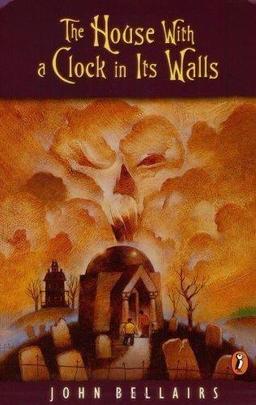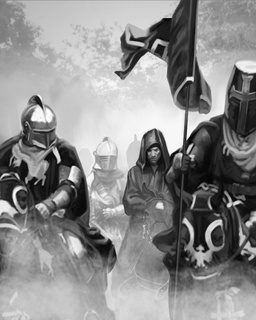CONAN: “Caveman Battle Doom”
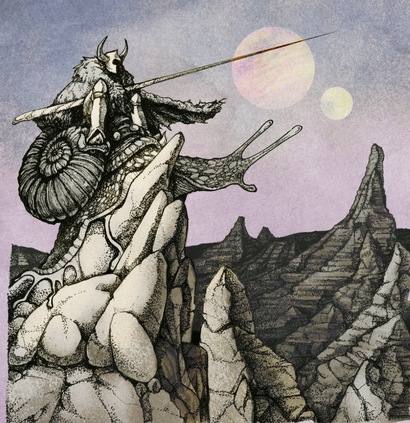
What is the sound of Sword and Sorcery?
It probably sounds a lot like CONAN. This U.K.-based power trio gives a whole new meaning to the word heavy. But these guys aren’t hampered by “Cookie Monster” vocals or the demonic noise-worship that often plagues today’s heaviest acts.
CONAN have coined their own genre, calling themselves “caveman battle doom.” For hardcore fans, this is simply a new sub-category of the “Doom Rock” scene. For the rest of us, it’s an amusingly accurate description of CONAN’s unique sound.
As the band’s own bio puts it: “CONAN are as heavy as interplanetary thunder amplified through the roaring black hole anus of Azathoth.” TheObelisk.net christened them “Europe’s heaviest battle-sloths…” It doesn’t get much cooler than that.
After releasing an indie debut EP in 2010 entitled “Horseback Battle Hammer,” the trio signed to Burning World Records and released their critically acclaimed magnum opus, “Monnos.”
Both albums are perfect for headbanging, slow-grooving, couch-tripping, or simply cranking up loud enough to vibrate the walls of your apartment. And your skull. They are super sludgy brilliance in the vein of early BLACK SABBATH, KYUSS, MELVINS, and TOOL. Call it “stoner rock” if you will, but absolutely no drugs are necessary.
Fantasy and sword-and-sorcery themes are essential to CONAN’s lyrical cosmology, which makes perfect sense for a band named after Robert E. Howard’s famous barbarian.
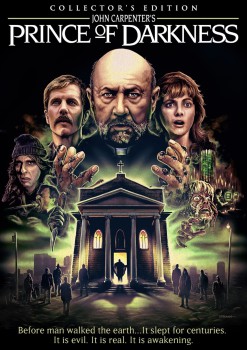
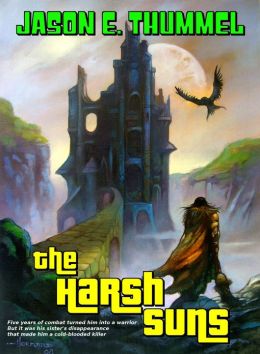
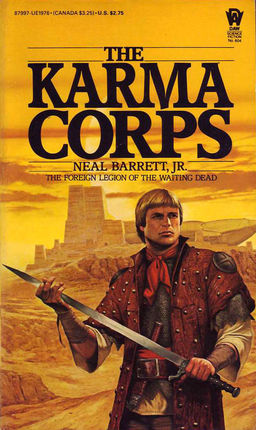
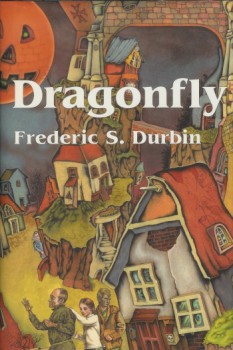
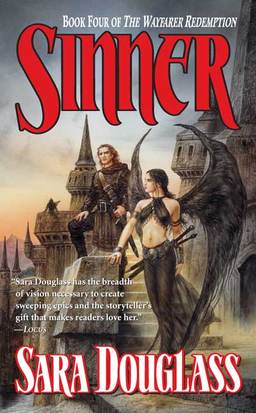
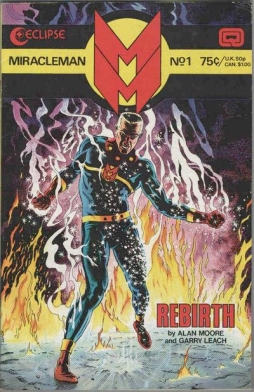 A little while ago,
A little while ago, 